 3
3
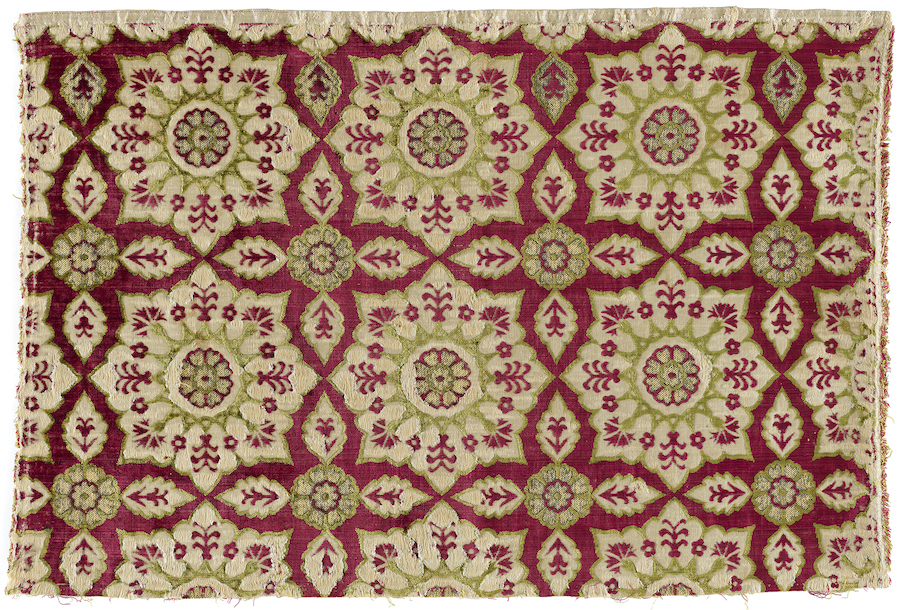
Textile fragment, Istanbul, 1550–1600. The Textile Museum 1.53. Acquired by George Hewitt Myers in 1951. Image courtesy of The GW University Museum and Textile Museum.
As quilters we occasionally need a bit of inspiration. Walking through a neighborhood or park, looking at colorful murals and graffiti on city buildings, paging through magazines, and viewing art museum exhibitions are excellent ways to get those creative juices going. But sometimes it's just as wonderful to do a little 'inspiration walking' via the web. It's time to add another fabulous resource to your toolbox.
"After many years of preparation, The George Washington University Museum and Textile Museum are launching our pilot website featuring highlights from the museum and university collections. Accessible to anyone, anywhere, anytime, this is a major milestone in increasing access to our holdings of global textiles and historical artifacts.
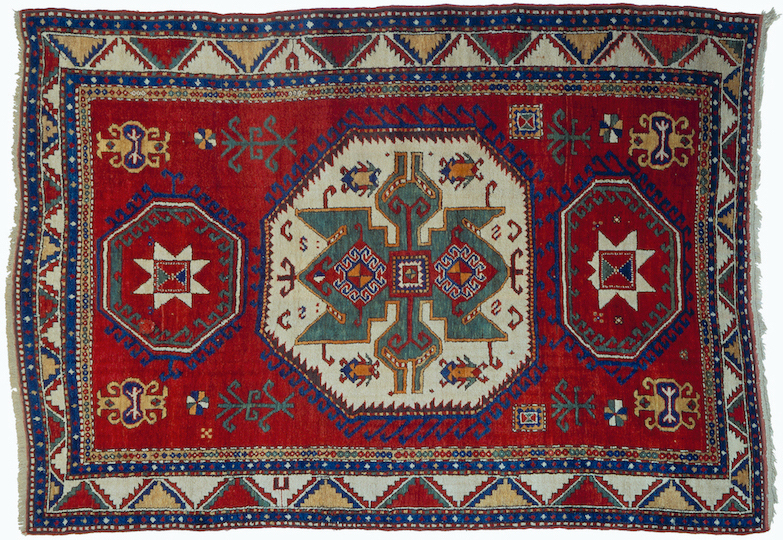
Carpet, Central Caucasus, 19th century. The Textile Museum R36.5.10. Acquired by George Hewitt Myers. Image courtesy of The GW University Museum and Textile Museum.
The website debuts with more than 3,000 works from four collections—a number that will grow in the months and years ahead. To start, you will find nearly 1,000 artworks from The Textile Museum Collection that were exhibited in the past decade. Look for gorgeous ikat robes from Colors of the Oasis: Central Asian Ikats, festival costumes from Vanishing Traditions: Textiles and Treasures from Southwest China, and exemplary carpets displayed in our inaugural exhibition at GW."
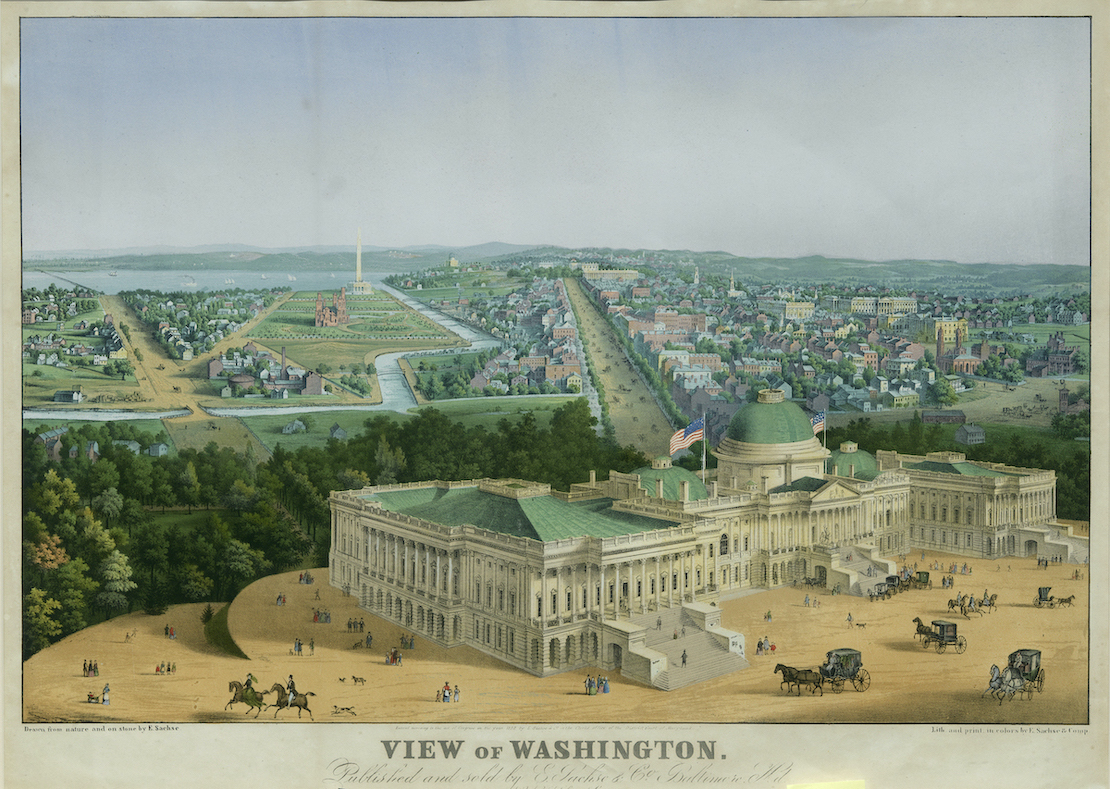
View of Washington by Edward Sachse, Baltimore, 1852. Albert H. Small Washingtoniana Collection AS411.
The pilot site also includes more than 1,500 artifacts of Washington, D.C., history from our Albert H. Small Washingtoniana Collection, as well as a selection of paintings, photographs, and other works of fine art from the university collections.
What you see on the site today is just the beginning. We are midway through a grant from the Institute of Museum and Library Services to photograph and digitize some 6,000 textiles. With more time, labor, and resources, the site will catch up to the volume of artworks in our care. Expect new records to become available in batches, over time, until this site encompasses all 31,000 objects from the museum and university collections."
The goal is to have the entire Textile Museum Collection online for the museum's centennial in 2025.
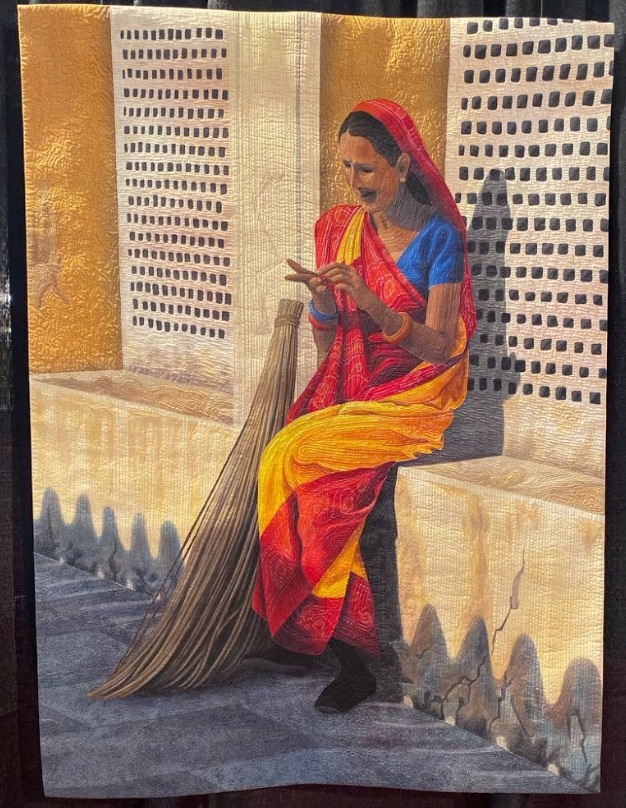
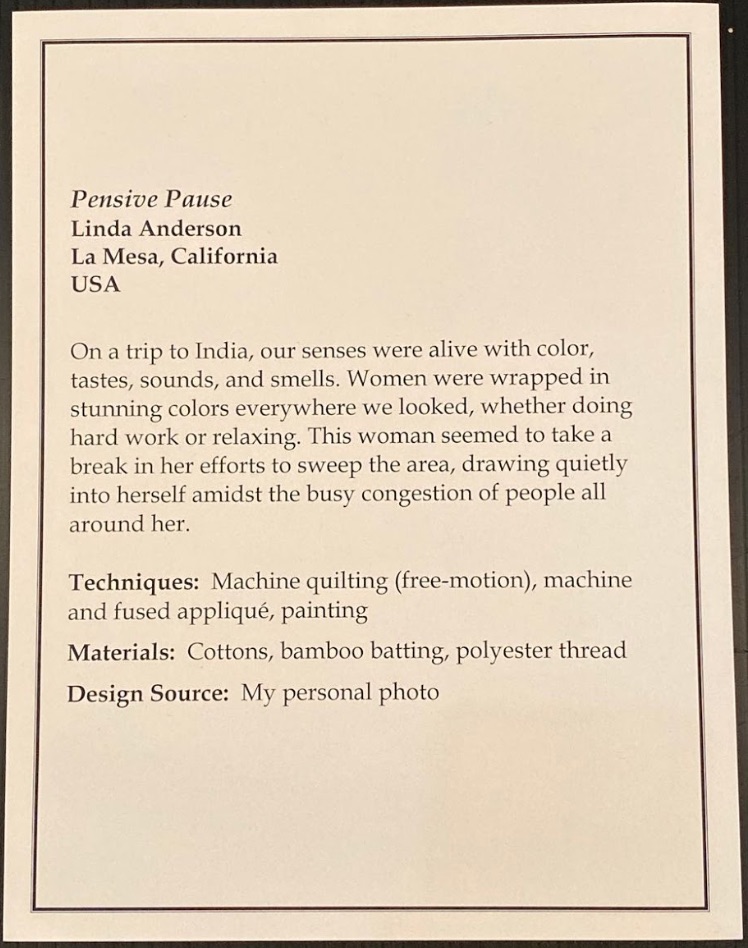
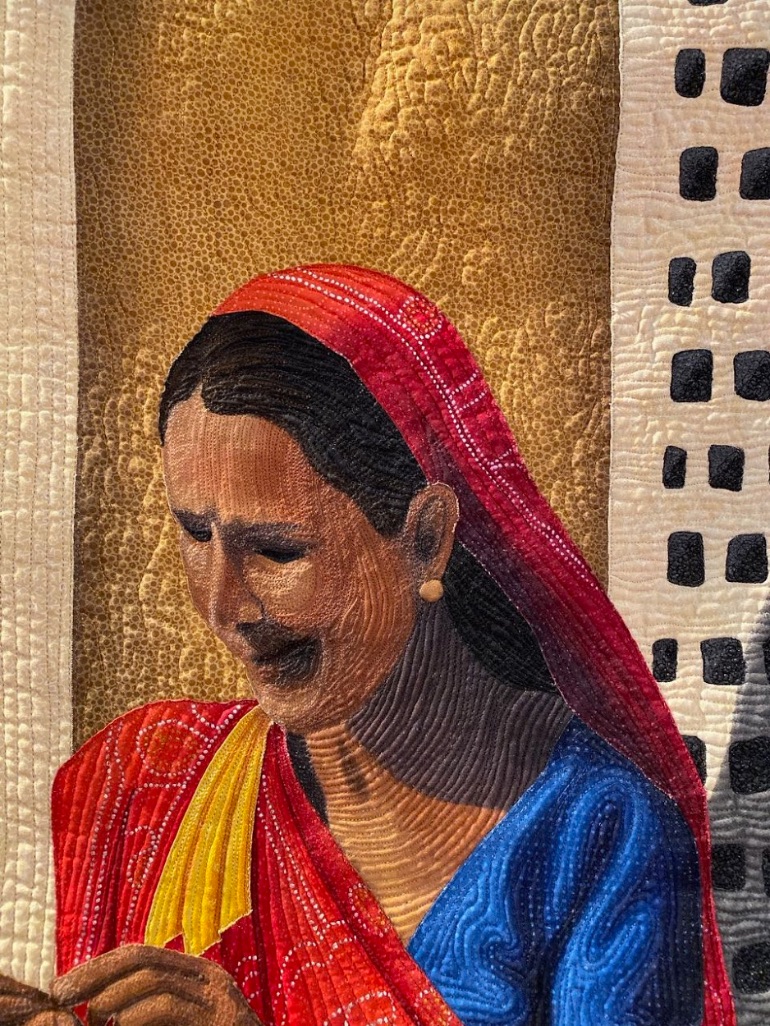

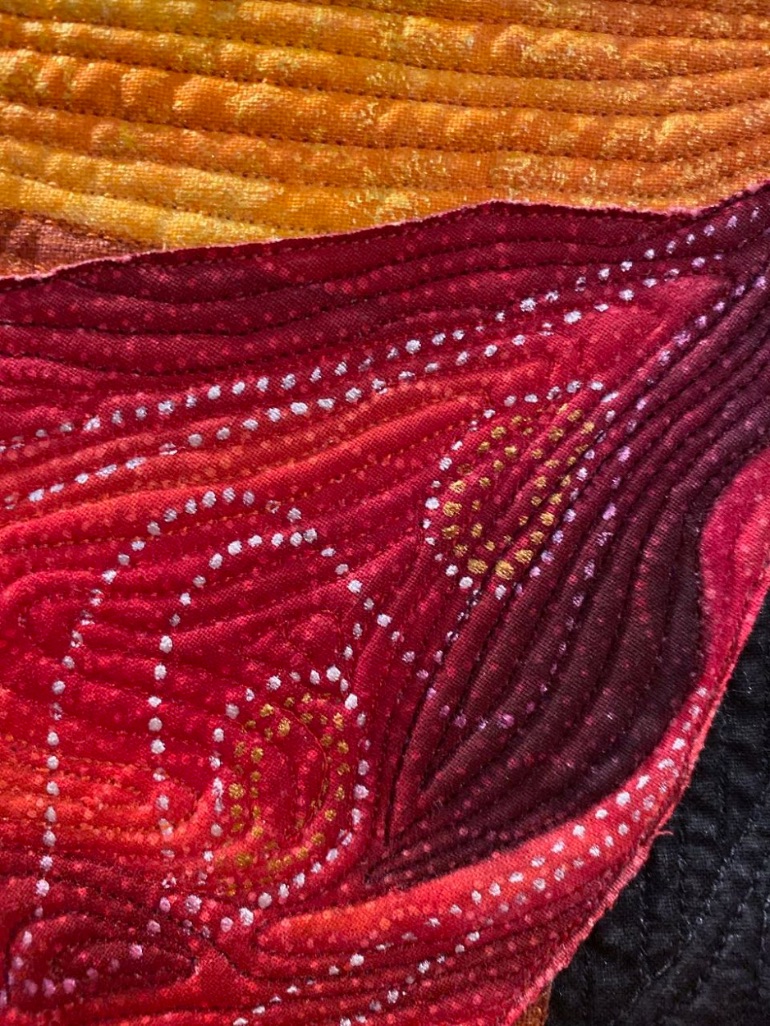



 Headed to
Headed to 



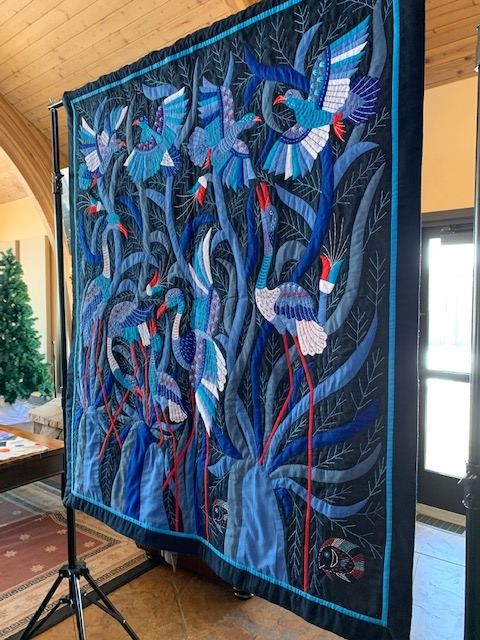
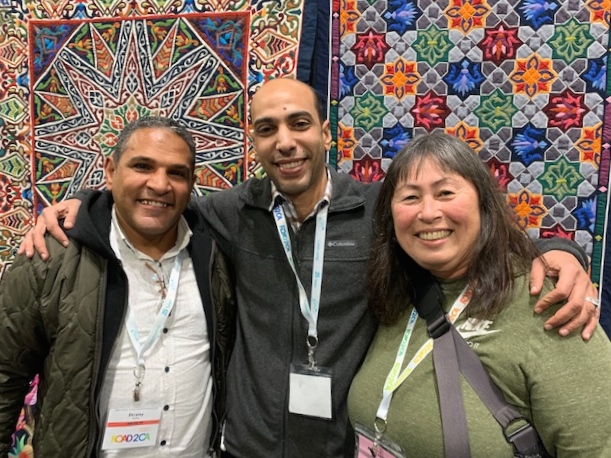
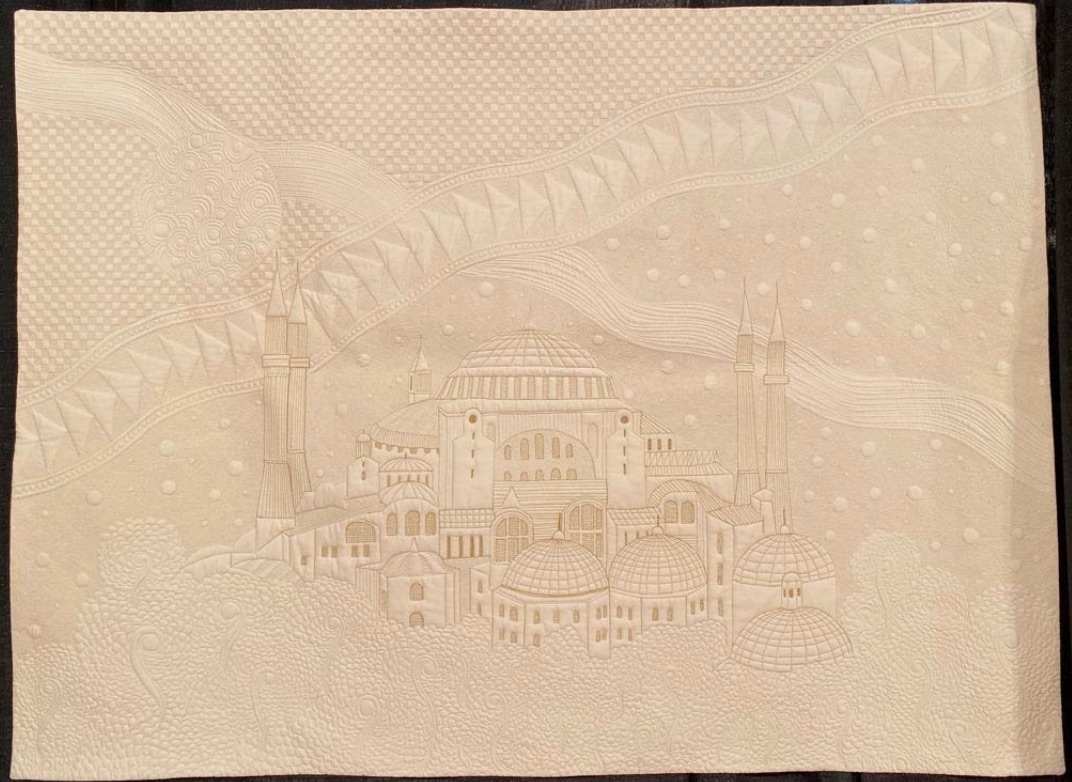
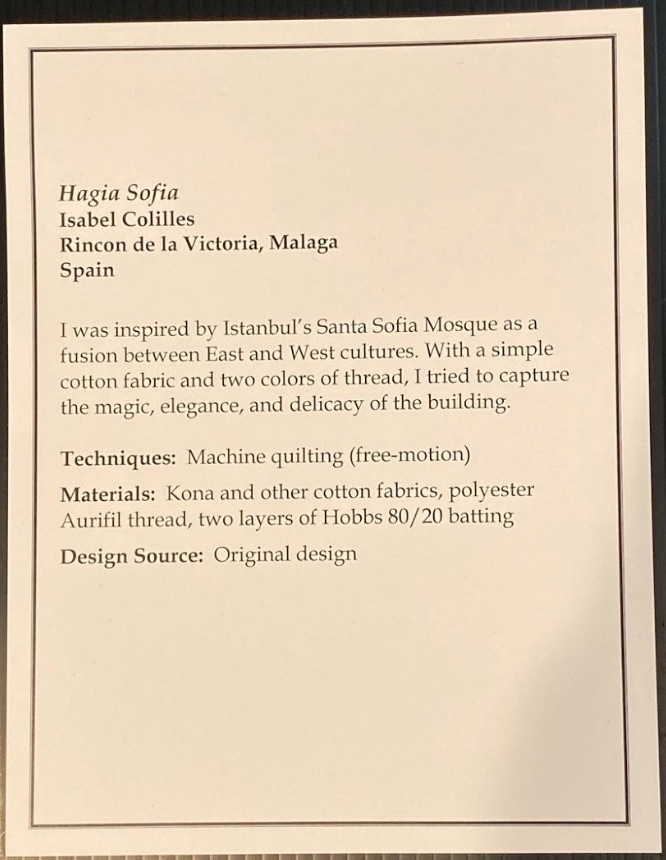
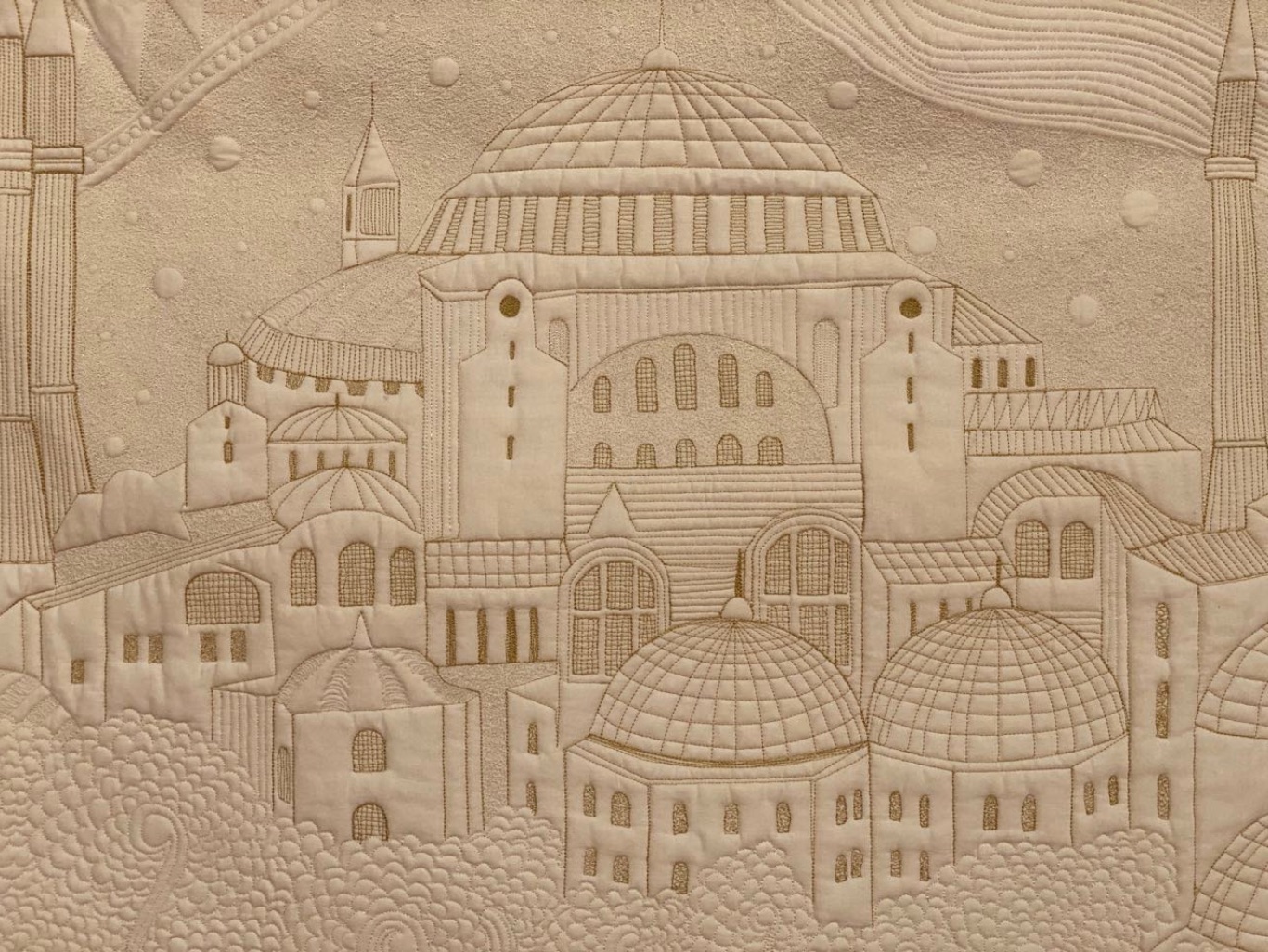
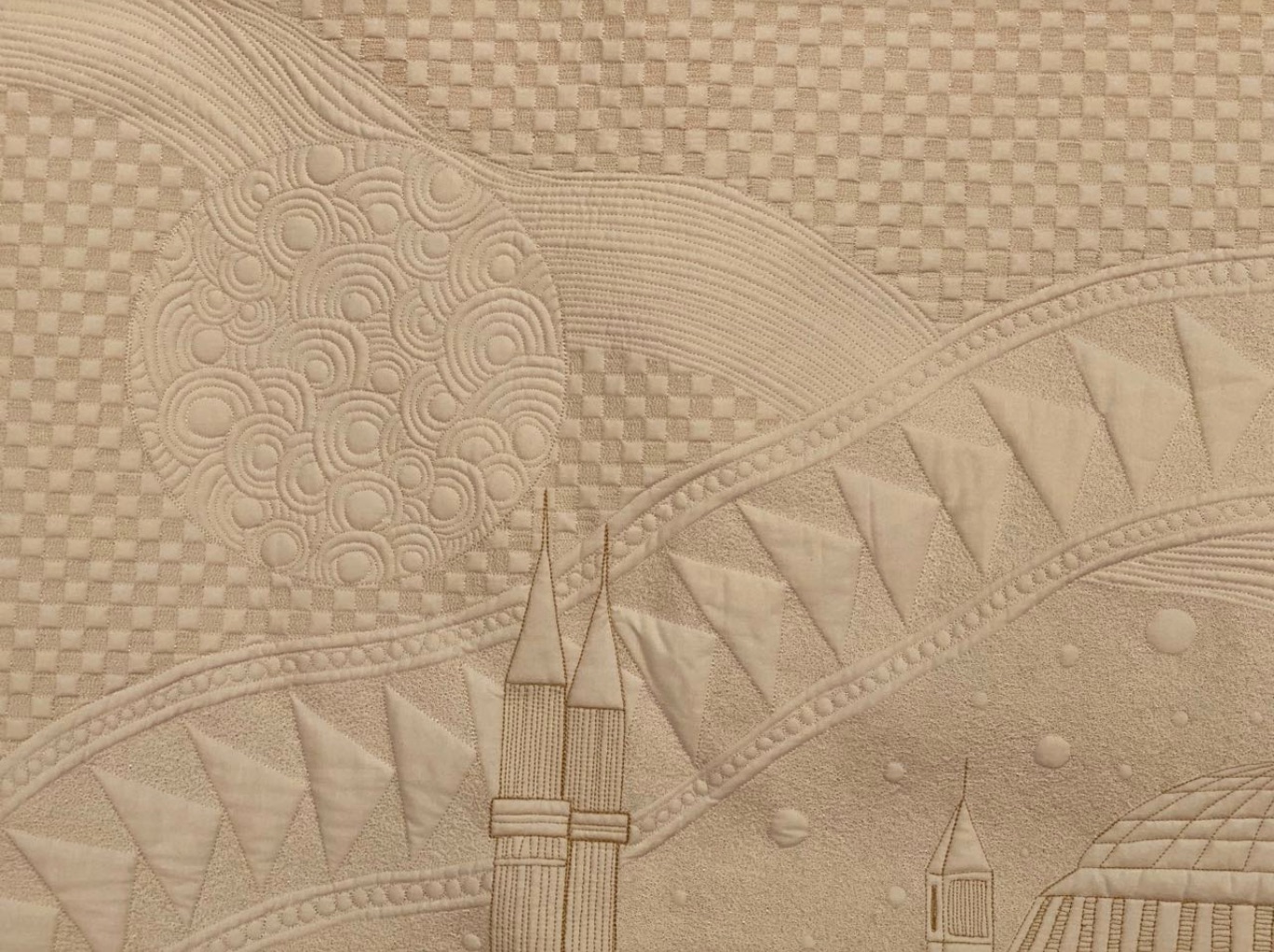
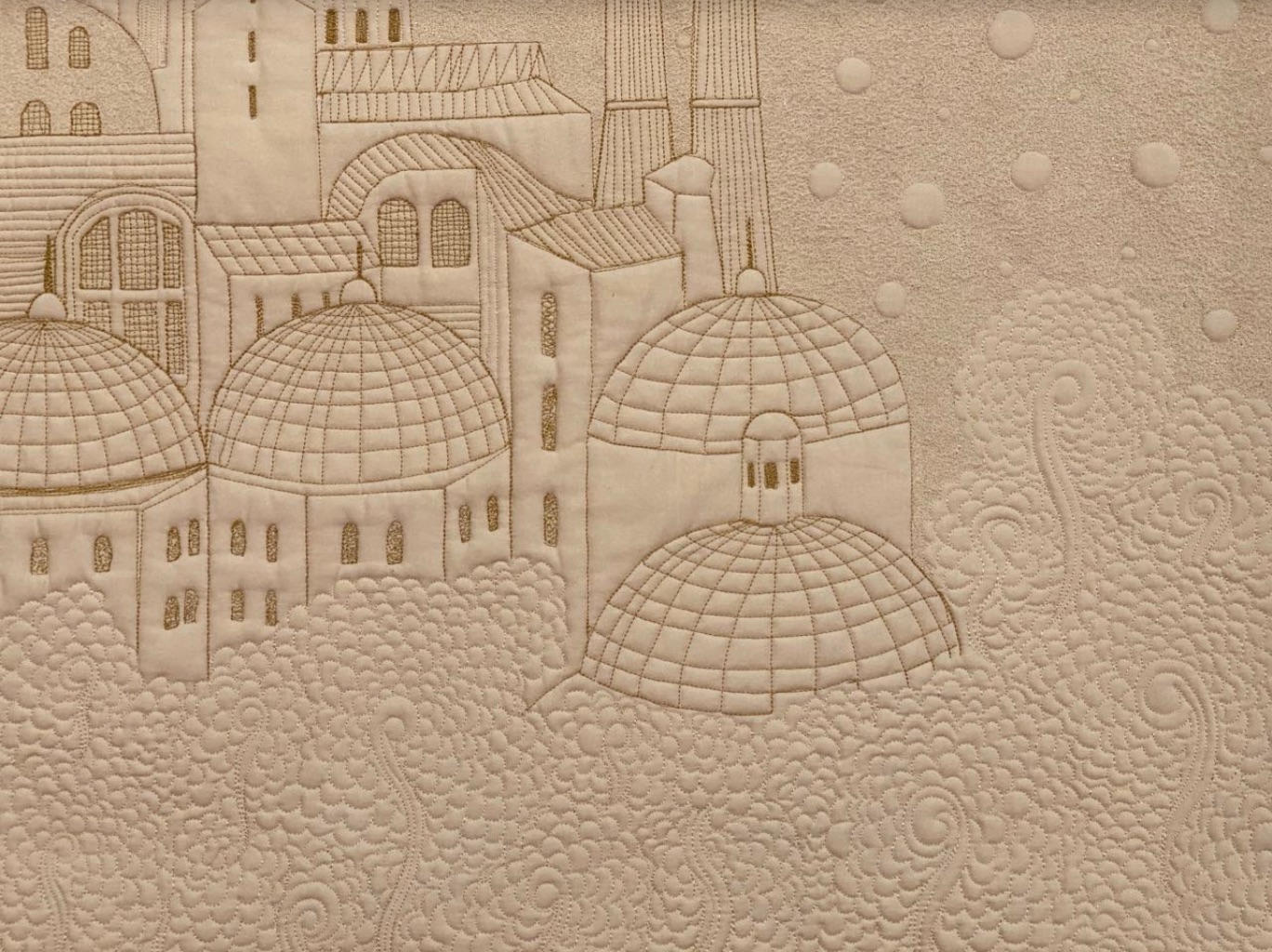
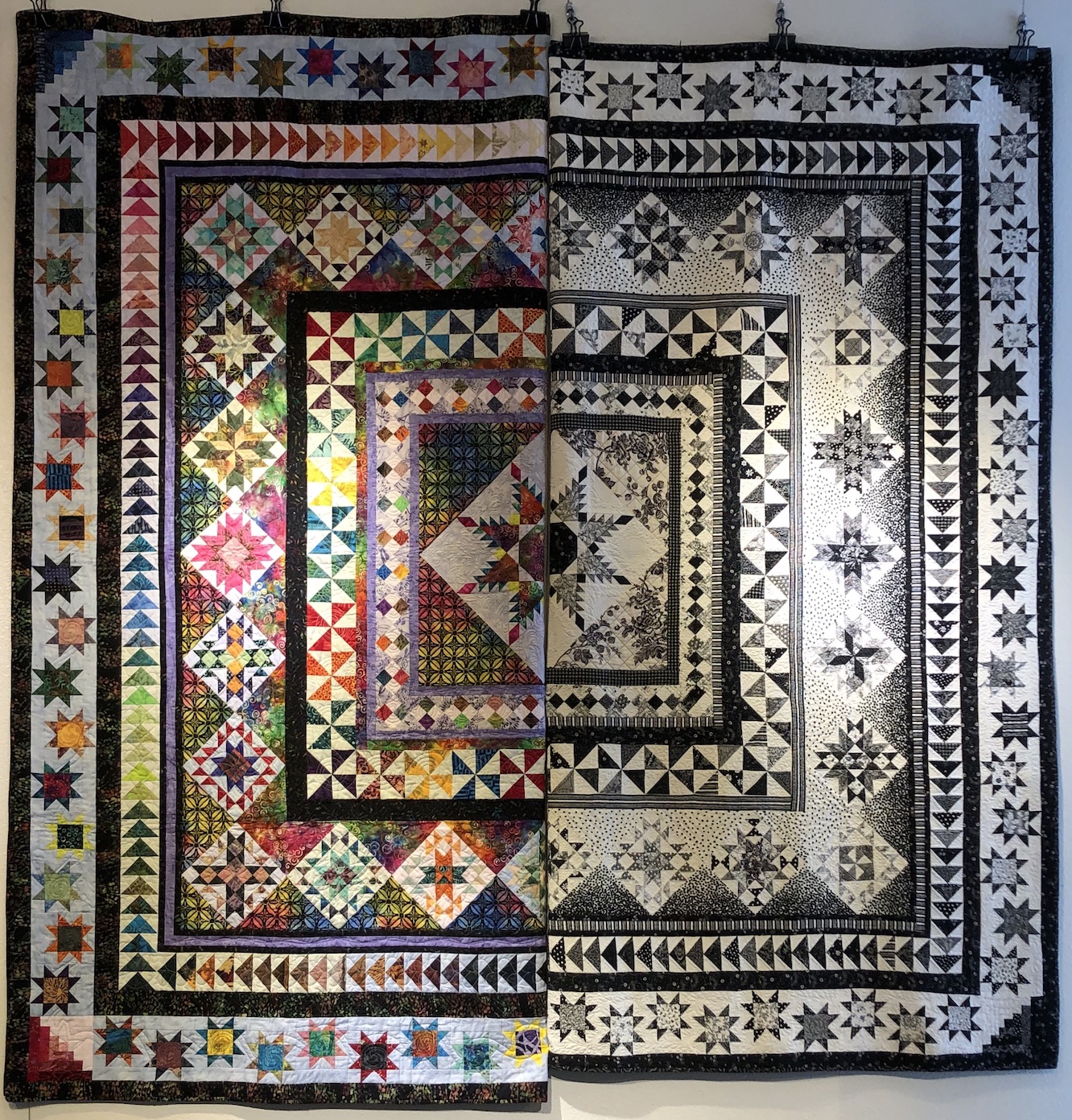





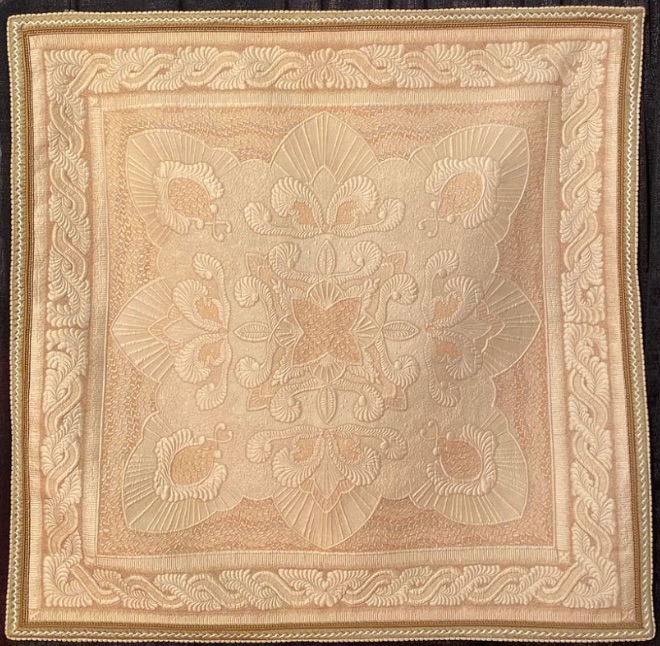
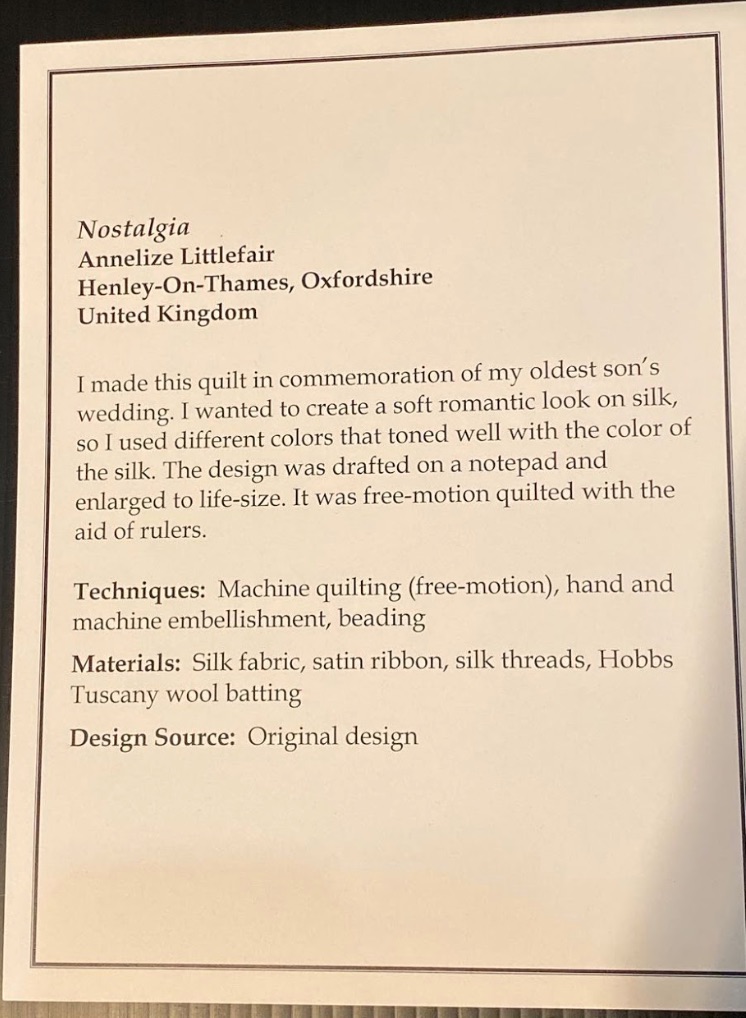
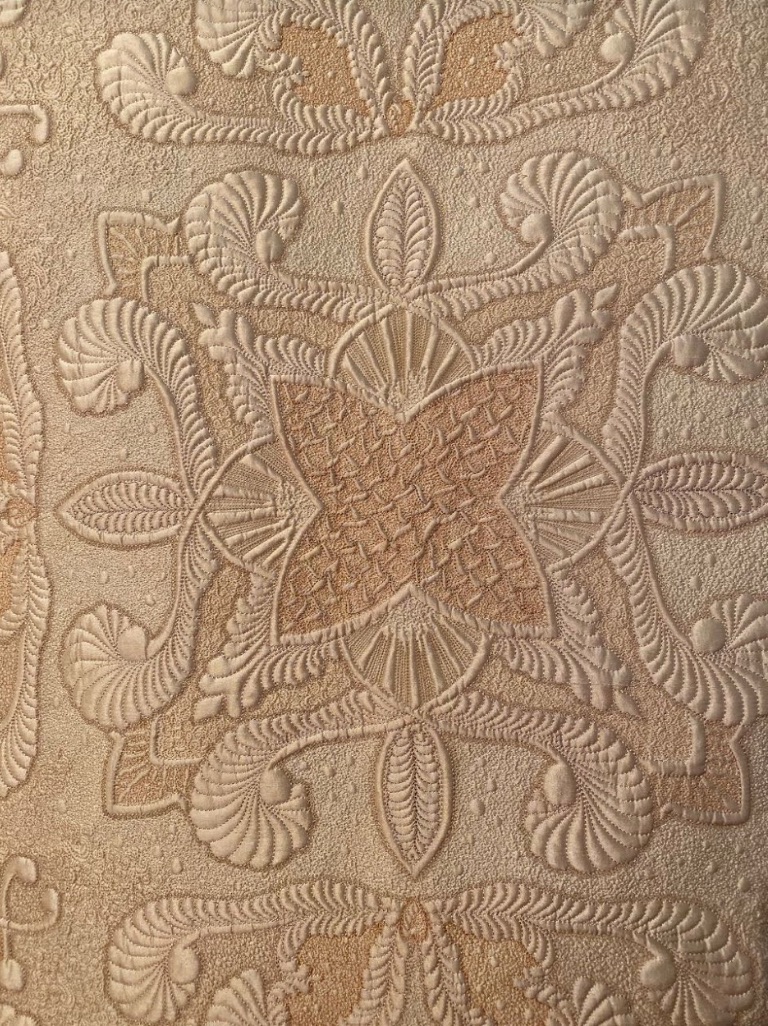
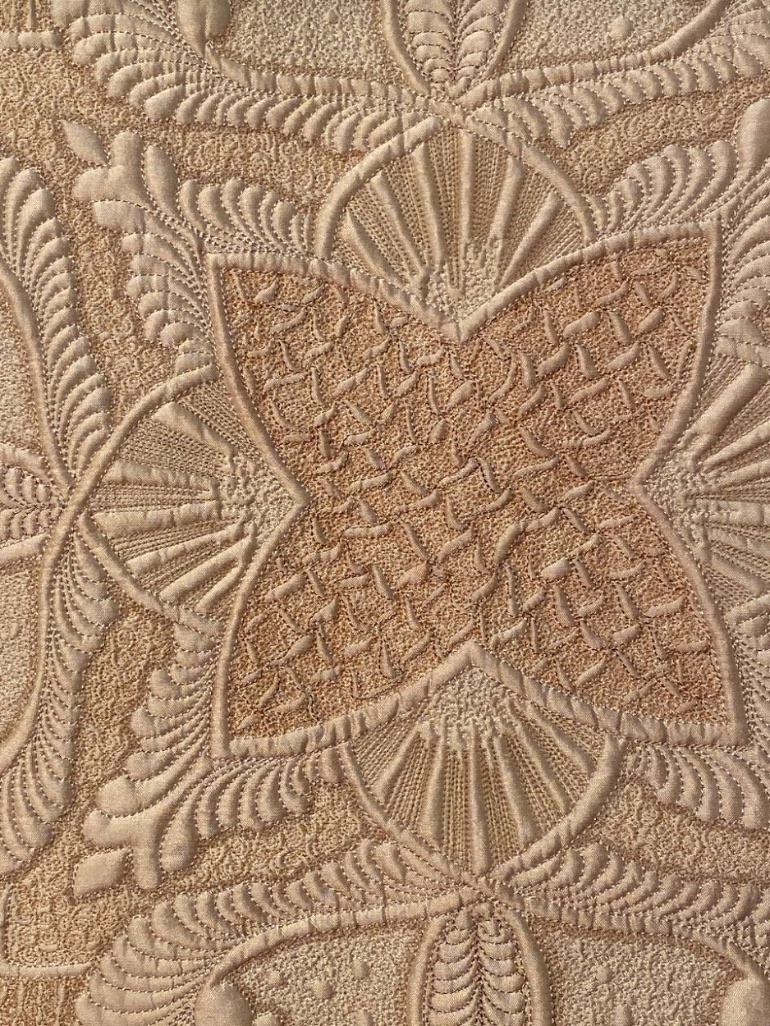
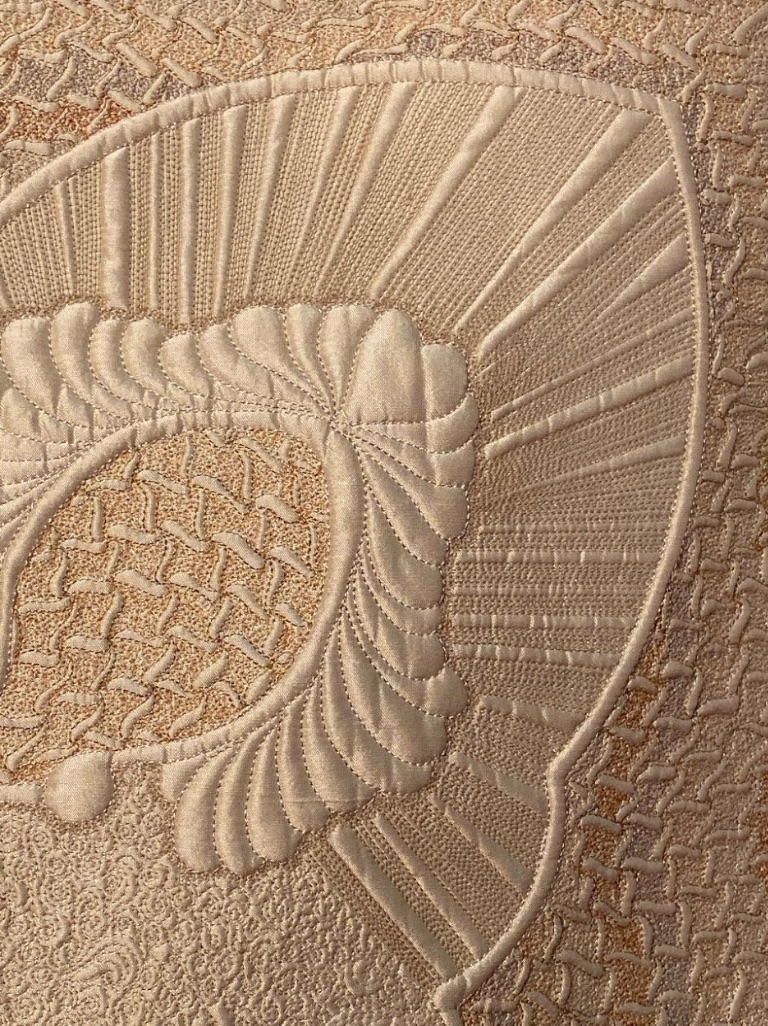
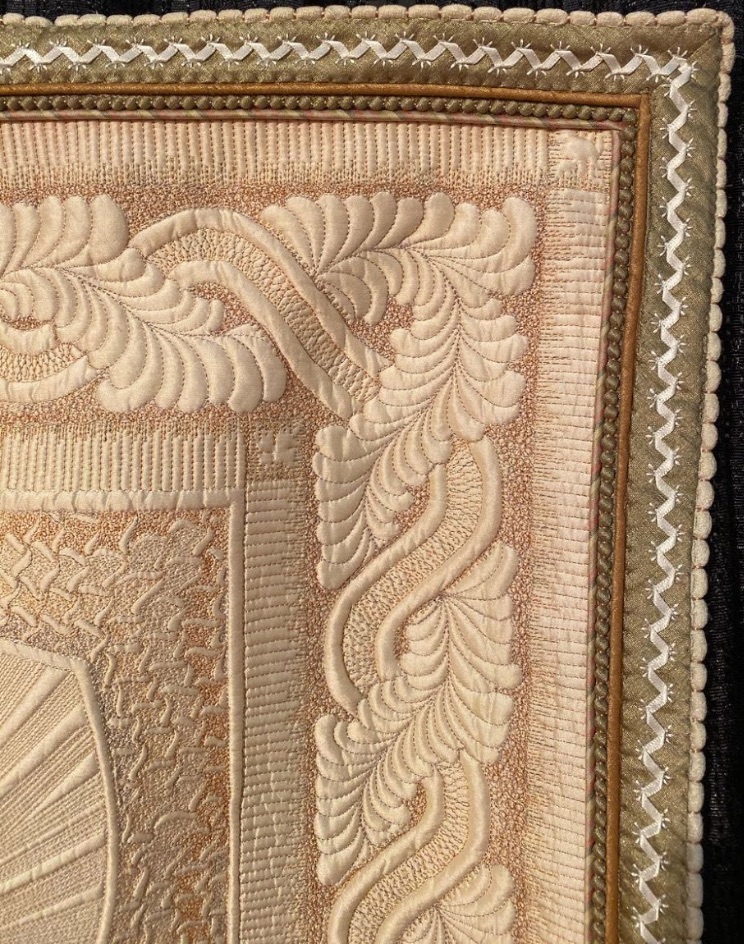



.jpg)


